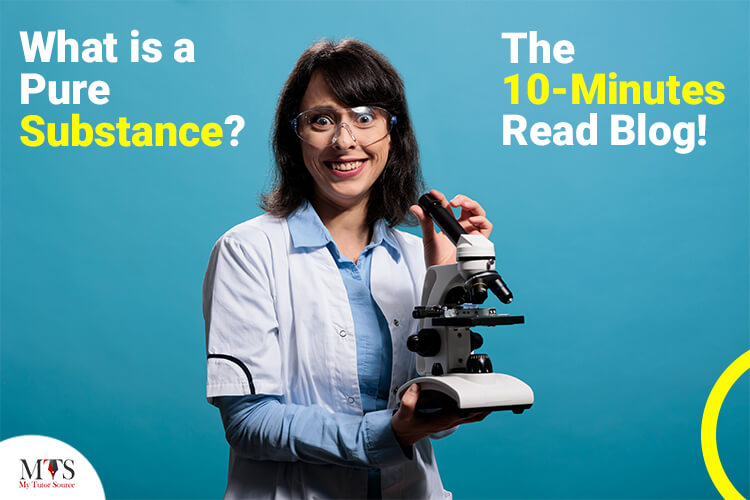

When you’ll look around yourself, you’ll find tons of materials, like, cars, books, colors, etc. All of these things are made up of atoms and molecules. However, these substances support unique structures of atoms and molecules. Scientists have divided these things (also known as matters) into categories, such as pure substances and impure substances.
Dive in to learn everything about pure substances.
Definition:
Pure Substance!
“Pure substances are made up of identical particles and hold consonant chemical composition.”
By identical particles, I mean that a pure substance contains the same kind of atoms, molecules, or elements. For instance, pure copper has only copper elements that are the same in size and properties. On the other hand, peanut butter is impure as it is made up of different substances, like, salt, peanut, butter, etc.
Related Read: Make chemistry easy to learn with these tips
Pure substances are further classified into elements and compounds, just as shown in the image below:
Elements are substances that are made up of only one kind of particle that share identical shapes, sizes, and properties. Further, they cannot be separated by physical means or chemical processes. The most common examples of elements are oxygen, carbon, etc.
Scientists use symbols for representing elements. The standard periodic table of elements has a total of 118 pure substances.
All the elements in block d from groups 3 to 12 are called transitional elements. We call them transitional elements because their oxidation states are variable. Such as Fe(+2) and Fe(+3).
The second type of pure substance is a compound. Compounds have two different particles that are formed by mixing a fixed ratio of unlike atoms together with help of a chemical reaction called ionic bonding. Unlike elements, the particles of compounds can be separated by chemical means. The most common compounds are shown in the image below:
What is ionic bonding?
When one atom donates one or more electrons to another atom, it forms a chemical bond called an ionic bond.
As now you know what pure substances are, let’s shed some light on the properties of pure substances.
In chemistry, pure substances contain identical particles that are chemically combined. On the other hand, mixtures are substances that have different particles that are not chemically joined together.
Yes. Water (H₂O) is a pure substance. It is formed by the same types of molecules. The two hydrogens and oxygen are chemically bonded together in a fixed composition.
To check whether a substance is pure or not, you’ve to look at its structure. If the substance is made up of only one type of compound or one type of element, then it's a pure substance.